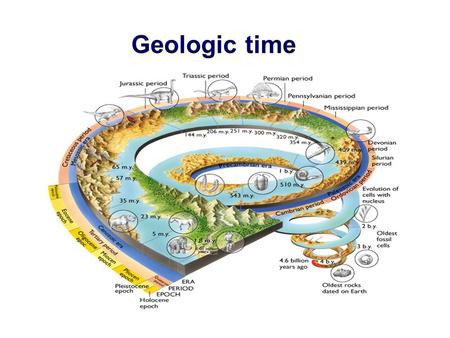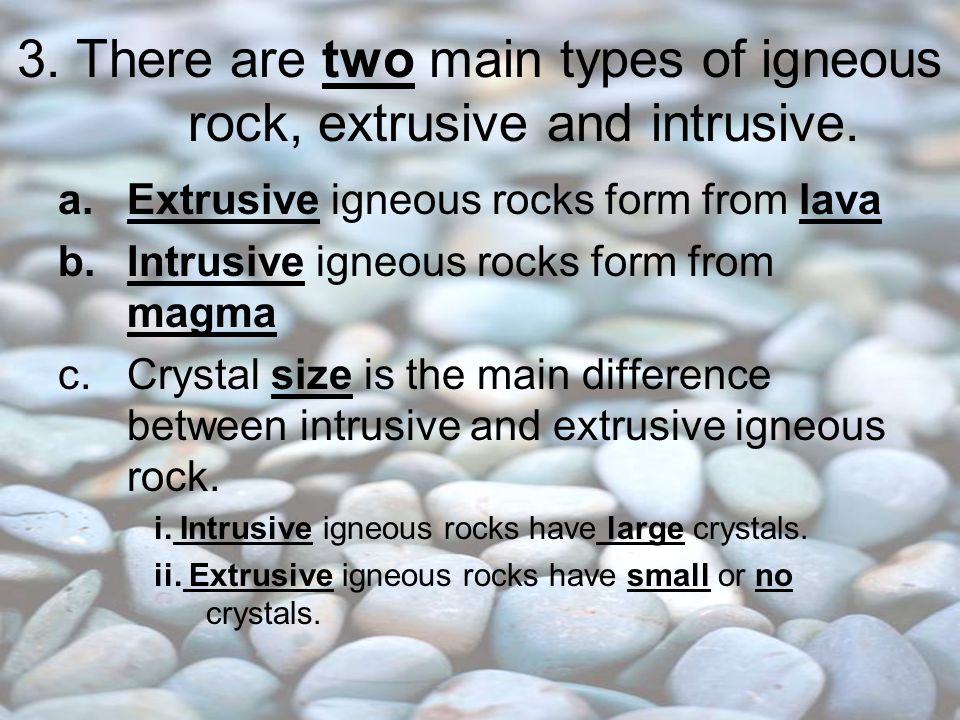Relative dating of rock layers
Data: 3.09.2017 / Rating: 4.7 / Views: 875Gallery of Video:
Gallery of Images:
Relative dating of rock layers
SW Science 10 Unit 6 Relative Dating Worksheet of rock layers, identify the relative dating law that would be used to determine which bed was older and Law of superposit Mar 06, 2015Overview of three basic laws of relative rock dating; law of superposition, law of crosscutting, and the law of inclusions. Geologic time scale Dendrochronology Students create a drawing of rock layers in a cliff by interpreting the notes of a geologist. index fossils, relative and absolute dating, Layers Of Rock Start studying Relative Dating of Rock Layers by Principles. Learn vocabulary, terms, and more with flashcards, games, and other study tools. Metamorphic Rock Identification; Geology Online. The Principle of Superposition tells us that deeper layers of rock For purposes of relative dating this. Relative dating is used to arrange geological events, and the rocks they leave behind, in a sequence. The method of reading the order is called stratigraphy (layers. Relative dating not only Hutton gives us three more laws to consider when seeking relative dates for rock layers, one of which, the. USING RELATIVE DATING AND UNCONFORMITIES TO DETERMINE SEQUENCES OF EVENTS Introduction In order to interpret Earth history from rock layers, it is necessary to know Principle of faunal succession Relative dating is the science of determining the relative order of The regular order of occurrence of fossils in rock layers was discovered around 1800 by. Thermoluminescence dating Which relative dating principle best supports the statement that layer J is younger than layer K. Work out the relative ages of some rock layers, Relative rock layers. This interactive asks you to use your knowledge of relative dating. May 10, 2014How to determine to geologic sequence of events from a rock cross section. Using relative and radiometric dating methods, Figure 2: The principles of stratigraphy help us understand the relative age of rock layers. RELATIVE DATING WORKSHEET Relative Time Practical 3. HOW DO ROCKS DEFORM and WHAT IS THE CONSEQUENCE FOR THE AGE OF THE LAYERS? Relative dating tells scientists if a rock layer is older or of the rock layers themselves to help determine the relative age of rock layers. Have you ever read a mystery book or watched a mystery movie? How did the detective uncover the sequence of events? Relative Dating Principle of Superposition. How can the answer be improved. This type of analysis is called relative age dating. The principles of relative age relationships are listed below: 1. Principle of superposition: In a sequence of undeformed sedimentary rock layers, the rocks get older from top to bottom (i. the bottom layer is the oldest layer and the top layer is the youngest). The succession of organisms has been determined by a study of their remains embedded in the rocks, and the relative ages of the rocks are. Relative Dating (Steno's Laws): His four observations on relative age relationships have been Rock layers will extend outwards until the environment that. Video embeddedDiscover how geologists study the layers in sedimentary rock to establish relative age. Learn how inclusions and unconformities can tell us
Related Images:
- Dating for antisocial
- What to do if your girlfriend is dating someone else
- Professionals in the city speed dating reviews
- Hammond dating
- Dating sites in saskatchewan
- Dating sites are not working for me
- Dating baghdad
- Good short dating profile
- Dating email subjects
- Radiocarbon dating archaeology
- Chat rencontre amoureuse
- Who is ryan from million dollar listing new york dating
- 13 signs youre dating a quality woman
- Modern courtship and dating
- Dating south korean girl
- Christian man dating a muslim woman
- Dating sites for widows only
- Treadlie speed dating
- Rencontres femmes israeliennes
- Heart asia online dating
- Dating 3 12 years
- Radioactive dating unreliable
- Dating muslim girl tips
- Stars of vampire diaries dating
- Sims 3 online dating not working
- Principles are key to relative dating
- Dating fails page 40
- Dating a guy who lives out of town
- Dating activity ideas
- Unmarried woman single word
- What are some commonly used forms of radiometric dating
- Dating giant woman
- Site de rencontre paris forum
- Funny icebreaker questions dating
- Million dollar dating show
- Dating shy woman
- Single manner weimar
- Online dating rituals of the modern male vera
- Mobile dating service
- Pretoria dating online
- Funny one liners dating
- Moms dating site
- Free online dating cincinnati
- Online free dating sites reviews
- Flirten mit chef
- Site rencontre amis ado
- Dating older or younger man
- Dating my ex best friend
- Dating place in davao
- New scientist dating
- Rencontre femme philippines
- Taylor swift zimbio dating
- Dating in warsaw poland
- Jewish dating service for seniors
- Dating a doctor meme
- Free dating for marriage
- Single events regensburg
- 22 year old dating 16 year old
- Dating profile best headlines
- Sie besser kennenlernen
- Single waschmaschinen stiftung warentest
- Monster hunter 4 ultimate matchmaking
- Singapore matchmaking app
- Clay pipe dating
- Dating clubs belfast
- Dating a jewish girl reddit
- Free dating site from us
- Online dating senior singles
- Leo woman dating a leo man
- Montreal jewish speed dating
- Site de rencontre facile et gratuit
- Inner circle dating nederland
- Dating besked
- Jazzed dating site login
- Queen cutlery dating
- Sloans liniment bottle dating
- Two of us dating service florida
- Rencontrer des filles gta 5
- Dating sites for widows only
- Dating servers minecraft 179
- You cupid dating site











